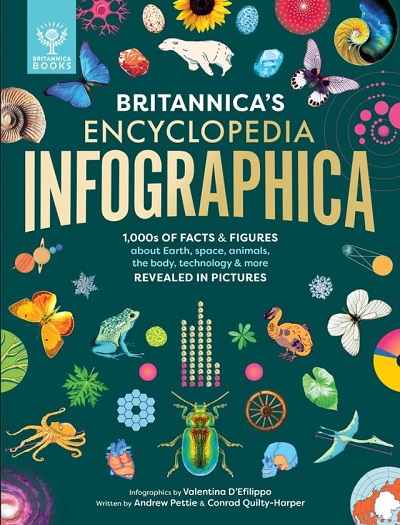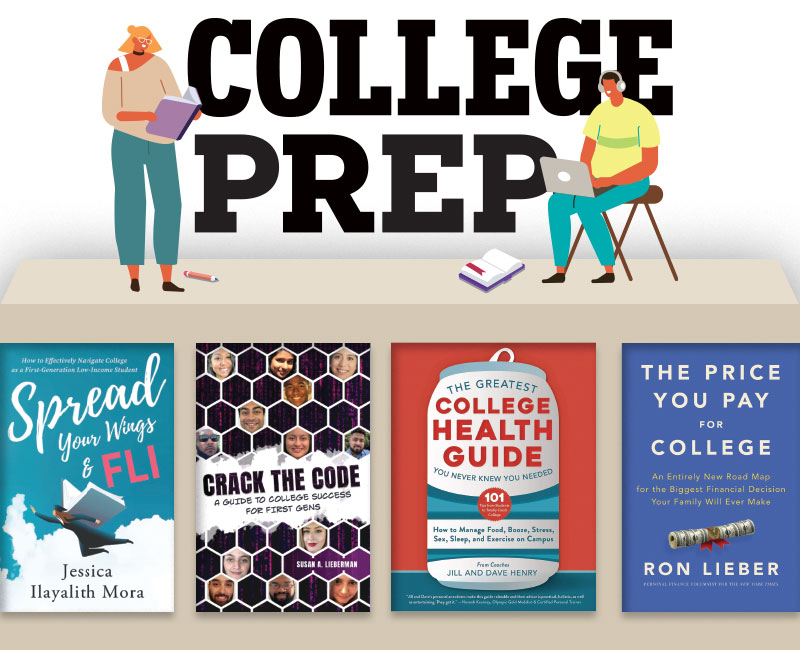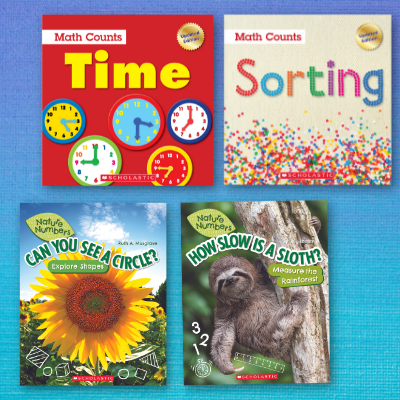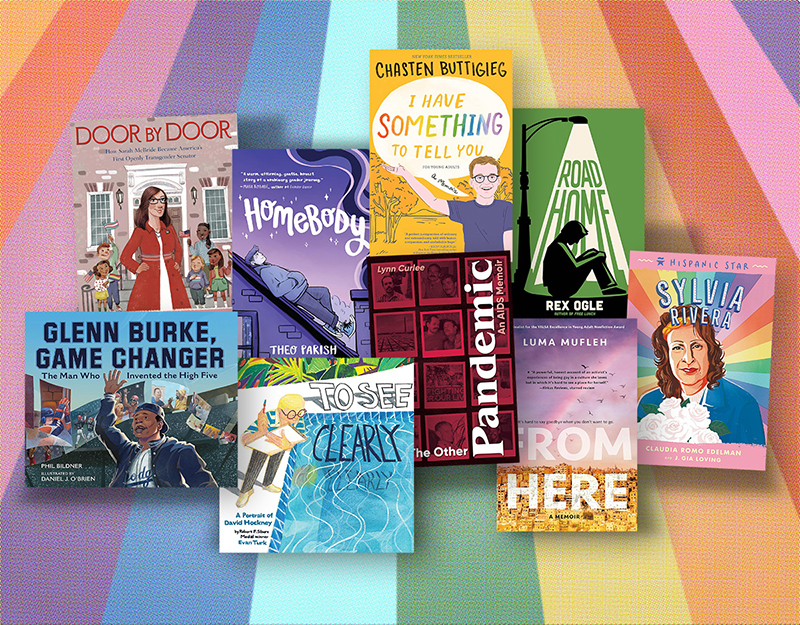2017 Pura Belpré Author Winner: Juana & Lucas

Winner of the 2017 Pura Belpré Author Award
Juana & Lucas
Written and illustrated by Juana Medina
Published by Candlewick Press, 2016
ISBN 978-0-7636-7208-9
Grades K-3
Book Review
Prepare to be utterly charmed by Juana, the exuberant grade school protagonist of the Pura Belpré Author Award winning book Juana & Lucas. Juana loves lots of things: brussel sprouts, reading, playing futbol, the superhero Astroman, her home city of Bogota, Columbia, and her dog, Lucas. With a clear, vibrant voice detailing her everyday adventures, frustrations, and triumphs, Juana introduces us to each of the people whom she holds dear. There’s her best friend Juli, who “has a contagious laugh”; her Mami, who “always shows me how important it is to find happiness, no matter what , even in the littlest things”; her Abue, who “has a secret drawer packed with chocolate in his library”; her Tia Cris, who “can make the saddest of all days a happy one”; and of course, there’s Lucas, who is her “absolutely-no-single-doubt-about-it-best amigo.” There’s also a cast of rich secondary characters—her teachers, bus driver, neighbors, classmates and local store owners—each of whom adds excitement, challenge, and insight to Juana’s daily experiences. When Juana must learn “the English” in school, a task she finds difficult and useless, she asks everyone she knows for a good reason why she should learn the foreign language. Nothing convinces her. It’s only when her grandfather announces their upcoming trip to America to visit Spaceland and meet Astroman that some authentic drive kicks in. Medina infuses Juana’s first-person narrative with humor (both direct and understated), fresh uses of figurative language, and a good dose of Spanish that non-native speakers can easily interpret with context clues. Medina’s ink-and-watercolor illustrations, as well as her play with font size and style, reflect the spirited tone of her text. This is a rare treat: an award-winning book published in America about a non-American child living outside of America. A delightful early chapter book, Juana & Lucas will fully engage and entertain.
Teaching Ideas and Invitations
Grades K-3
The Most Important People to Me. Use the double-page spreads where Juana introduces the people most important to her as mentor texts for students to create similar texts about important people in their lives. Have students compare and contrast each spread to determine what kinds of information Juana includes and how she describes each person. Have students create one or several similar texts, either digitally or with traditional pen and paper, about the important people in their lives and present them as gifts to those people.
ADVERTISEMENT
ADVERTISEMENT
Lucas’s Story. Though Lucas’s name is in the title and he is included in many of the illustrations, the story is narrated by Juana and centered on her experiences. What do you think Lucas’s story would be? Have students review the story, paying special attention to what Lucas is doing and closely reading the texts and illustrations that include him. What would Lucas say if the story was told from his perspective? What is he doing when he’s not with Juana? Have students insert Lucas’s perspective into the text. Younger children might simply add speech bubbles or captions to the illustrations, while older children might rewrite an entire chapter. Additionally, have students come up with alternative titles for the book, one that more accurately represents what the main focus of the book is.
Grade School Female Protagonists. Juana joins the ranks of other dynamic, grade school, female chapter book protagonists, such Judy Moody, Amber Brown, Clementine, Anna Hibiscus, and Ramona Quimby. Create a solar system text set, perhaps including some of the books about these characters, around the concept of a grade school female protagonist. Have students compare, contrast, and analyze each protagonist, identifying their strengths and weaknesses as characters, their interests and abilities, their adherence to gender norms, and their adventures. Which one(s) are their favorites? With whom do they identify most? Older students may want to create their own stories featuring grade school female protagonists who resemble these models or perhaps are unique in different ways. A critical literacy approach to this activity is listed below.
Animal Companions. Lucas also joins the myriad of beloved animals who are best friends of a story’s central character. Create a solar system text set, this time selecting books in which an animal is the protagonist’s beloved friend, such as Love That Dog, Shiloh, Because of Winn-Dixie, Mr. Putter and Tabby, Henry and Mudge, or even Clifford the Big Red Dog. You might even share Pax or Old Yeller with older students if you feel those books are appropriate for them to read. Have students compare, contrast, and analyze each animal-human relationship, identifying their strengths and weaknesses as characters, their interests and abilities, and their adventures. Which one(s) are their favorites? Again, older students may want to create their own stories featuring protagonists with animal companions who resemble these models or perhaps are unique in different ways.
Learning Spanish with Context Clues. Juana & Lucas is a wonderful example of an authentic text that could be used for Spanish language learning, as the Spanish that Medina includes is smoothly incorporated into the English narration with clear context clues. Use excerpts of this text to help your students in their learning of the Spanish language. Flash cards specifically designed for this book can also be found at here. Have students then incorporate their emerging bilingualism in their speaking and writing, perhaps including it in their descriptions of the people who are most important to them (see the first Teaching Idea listed above).
Learning about Colombia. Throughout the book, readers learn about Juana’s daily life in Bogotá, Colombia. Although her story, of course, represents only one perspective and lived experience in that setting, it may serve as an introduction to the city and the country for students who are just learning about them. After reading the book, invite students to brainstorm questions they would like to pursue in an inquiry unit on the city and/or the country. As students gather research, have them periodically check what they learn against what is described in Juana & Lucas. Have students team up with their school librarian to create a reference resource about Bogotá and/or Colombia for other students to use, curating the resource from a list of websites and articles from databases to which the school or public library subscribes.
Grades 2 and up
That Crazy English Language. Juana makes a good point when she says that English is a difficult language to learn. Review the examples she shares with the class: “Why are read and read written the same way but sound different? How can I know when people are talking about eyes or ice when they sound about the same? And what about left hand and left the room?” (p. 40). Have students brainstorm a list of the rules and examples of the English language that make it a challenging language to learn, even for native speakers. Discuss why those conventions exist, and help each other come up with ways to remember them.
Mixing Languages to Strengthen Voice. Voice is one of the most difficult writing traits for students to grasp and for teachers to teach. Voice is the trait that allows readers to develop a full sense of who is speaking the words on the page, whether it is a narrator, fictionalized character, or the author himself/herself. Juana & Lucas does a great job of illustrating exactly what voice is, as we read and Juana’s narrative as a blend of Spanish and English. Engage your students in a study of how author Juana Medina does this. What words or phrases does she choose to help readers “hear” the characters’ distinct voices? To further demonstrate the quality of voice, do a reader’s theater activity with excerpts from the book so students can really hear what Medina is doing in her writing. Then, have students experiment with voice by perhaps writing about the same topic in different voices, including mixing in words from different languages. This teaching idea originally appeared in our entry on Nino Wrestles the World.
Typography. Engage your students in an inquiry into typography, pointing out the ways in which Juana & Lucas includes different font sizes to highlight particular words. Share an assortment of printed texts that utilize typography in different ways, especially older texts that may have been published decades or centuries before they were born. Take students on a walk around the school community and use smartphones, tablets, or other means to photograph the kinds of typography they find. You might even show older students clips of the documentary Helvetica, about one of the most ubiquitous fonts used in print. Challenge students to play with typography in their own poems, especially any concrete poetry they have written. You may also want to share how illustrators play with hand-crafted and digitally-rendered type in books such as I Dissent, Wet Cement, The Right Word: Roget and His Thesaurus, and Flutter and Hum. This teaching idea originally appeared in our entry on Wet Cement.
Similes and Metaphors. Medina incorporates plenty of similes and metaphors into Juana’s narration, which enhance both the narration and Juana’s voice. Assign a different chapter to small groups of students, and have them identify Medina’s examples of similes and metaphors, and compile a class master list of them. Post the list in the class, and encourage your students to refer to it for help and inspiration, as they would a Word Wall, when writing any genre of text.
ADVERTISEMENT
ADVERTISEMENT
Pura Belpré Award. Learn more about the Pura Belpré Award at the ALA website. Gather a collection of author award winners and illustrator award winners from past years and invite children to browse them and make observations. Engage older students in a discussion of the benefits of recognizing diversity in children’s books (see the We Need Diverse books website for resources). Have students review the criteria for the Pura Belpré award and apply them to other children’s and young adult book written You can find Classroom Bookshelf entries on the past Author and Illustrator Award winners: Funny Bones, Drum Dream Girl, Niño Wrestles the World, Grandma’s Gift, Diego Rivera, His World and Ours, The Dreamer, and Separate is Never Equal. A version of this activity originally appeared in our entry on Niño Wrestles the World.
Critical Literacy
Language Learning. Juana is initially hesitant to learn English, asking “Why not just speak in Spanish?” (p. 35). When she embarks on her research to find “one single convincing reason” to learn English, she hears a variety of answers. Engage students in an inquiry about the debate about teaching, learning, and using different languages in schools. Have them initially list the pros and cons of the issue based on their prior understandings about it. What have they heard? From whom? Then, share a text set of articles, videos, books, research studies, and other multimedia texts that help further their understandings about the issue. Guide them toward forming their own opinions based on what they have learned and supported with factual evidence from those texts.
The Pura Belpré Award in Your Classroom. Although the Pura Belpré Award honors Latino cultures, that doesn’t mean the books that win it are only for Latino students. Students of all cultures can benefit from considering the windows and mirrors found in books centering specific cultures. Have students analyze their own classroom bookshelves for characters from various cultural backgrounds. What do students notice about the social locations of characters in the books read aloud, available, and that they turn to for independent reading? Do the characters they read about remind them of themselves? Do they see themselves in books? When? Are their stories missing from the shelves? If so, how can they be added to your classroom bookshelves?
Grade School Female Protagonists: Another Look. If students don’t observe on their own that the vast majority of these characters are white, guide them to think about it. Why aren’t there many books with grade school female protagonists of diverse racial and/or ethnic backgrounds? Have students interview school and local librarians, bookstore owners, and publishers to find books that do meet that criteria. You might also have students search publishers’ websites and book review websites, such as the School Library Journal, to find other books that break this mold. Then, have them give book talks about the titles they find.
Further Explorations
Online Resources
Pura Belpré Award
http://www.ala.org/alsc/awardsgrants/bookmedia/Belprémedal
Juana Medina’s website
YouTube: Juana Medina shows how she created the art for Juana & Lucas
https://www.youtube.com/watch?v=-ls78ZmzCKc
Juana & Lucas Spanish/English flash cards
http://www.candlewick.com/book_files/0763672084.btg.1.pdf
A Q&A with Juana Medina
http://www.candlewick.com/book_files/0763672084.ban.1.pdf
Kids’ Websites about Colombia
http://www.timeforkids.com/destination/colombia
http://www.timeforkids.com/destination/colombia/day-in-life
http://kids.nationalgeographic.com/explore/countries/colombia/#colombia-dancing.jpg
http://www.sciencekids.co.nz/sciencefacts/countries/colombia.html
http://www.lan.com/onlyinsouthamerica/family-fun-Bogotá-kids-families/
Books
Atinuke. (2010). Anna Hibiscus series. Kane Miller. (See our Classroom Bookshelf entry on Books 3 and 4 in the series here).
Creech, S. (2001). Love that dog. HarperCollins.
DiCamillo. (2000). Because of Winn-Dixie. Candlewick.
Gispon, F. (1956). Old Yeller. Harper & Row.
Naylor, P. R. (2000). Shiloh. Aladdin.
Pennypacker, S. (2016). Pax. HarperCollins.
Winter, J. (2010). Biblioburro: A true story from Colombia. Beach Lane Books. (See our Classroom Bookshelf entry here.)
Filed under: Fiction Chapter Books
About Grace Enriquez
Grace is an associate professor of language and literacy at Lesley University. A former English Language Arts teacher, reading specialist, and literacy consultant, she teaches and writes about children’s literature, critical literacies, and literacies and embodiment. Grace is co-author of The Reading Turn-Around and co-editor of Literacies, Learning, and the Body.
ADVERTISEMENT
ADVERTISEMENT
SLJ Blog Network
Winter Light: An Aaron Becker Interview and Video Trailer Reveal!
Hilda and Twig | This Week’s Comics
Wednesday Roundup: Pointing at Poetry
The Seven Bills That Will Safeguard the Future of School Librarianship
Shakespeare, but Make it Queer!: Retelling a Classic Play and My Love/Hate Relationship with William Shakespeare, a guest post by Emma K. Ohland
Gayle Forman Visits The Yarn!
ADVERTISEMENT







